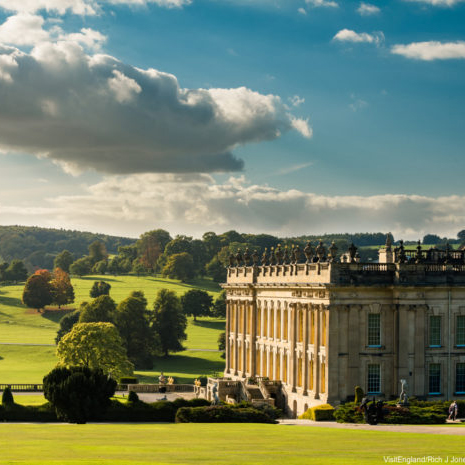A Truly English Garden
During Louis IV’s seventy-two reign (1638-1715) highly structured, symmetrical, and precise plantings emerged in palaces such as Versaille and defined an era in France. Across the Channel, as an antithesis to the French structured movement, the English perfected the natural-looking garden, romantic and reminiscent of Italian landscape paintings, yet appearing natural and carefree. The best-known architect of such gardens was Lancelot Brown (1715-1783). Nicknamed “Capability” Brown by his numerous clients, he was known for his ability to literally move rivers and sometimes small mountains in the landscape to create the perfect English estate gardens.
The Village of Southampton is the first English settlement in New York State, incorporated in 1640. With this heritage, it is only befitting that Southampton gardens reflect the majestic English garden appeal, and many Southampton gardens today do indeed incorporate many of the Capability Brown’s favorite garden features.

The signatures of Capability Brown’s design included specimen trees, in particular, Cedar of Lebanon. Cedar of Lebanon is a majestic evergreen, typically found at the entrance to the estate in Capability Brown’s designs. The manor house seldom had any plantings immediately in front of it, showcasing the home’s beautiful architecture. Instead, the main house was surrounded by an expansive green lawn that gently sloped to a water feature, often a diverted river, another Capability Brown’s trademark. To focus the eye in the distance, Capability included a few classical structures, typically close to the edge of the property. Such a structure could be a gate or a rotunda, or even comparatively small house-like structures meant to evoke remnants of Roman grandeur in Britain. The structure could serve as a destination for a long stroll through the parkland, a contemplative retreat, or even an entertainment space for dinners in the wild, all within walking proximity to the main house. Still, the key to the garden was to appear completely natural, with lots of winding paths, mature trees and native plantings.
Like the estate aptly described in Jane Eyre by Emily Bronte, Capability Brown’s gardens offer a long path to the manor through a wild, often secluded forest. After a ride from the estate’s gate, the trees would part to reveal an expansive, often sheep-grazed, lawn and the buildings would rise in splendor to the visitor’s view.
Another staple of Capability Brown’s method that today’s Southampton residents would appreciate is a “ha-ha”. Similar in concept to infinity pools, a ha-ha is half sunken stone fence and half dry moat sloping at a 45-degree angle to the fence from the exterior of the property. Surrounding most of the estate, and typically 8-ft tall and deep, the ha-ha cannot be seen from the manor and allows the estate’s denizens to admire the wild animals in the seamless landscape from a distance. At the same time, the ha-ha prevents unwanted guests, like deer, from entering the estate. The ha-ha also lets the domestic animals, like sheep, to graze peacefully on the front lawn without fearing predators. While the ha-ha was used extensively in French formal gardens well before Capability Brown’s influence, Capability made the ha-ha ubiquitous, connecting the great outdoors of the estate lands with those beyond.
Finally, most of Capability Brown’s designs retained the original village just outside the estate boundaries. The quaint setup allowed for a true feudal feel of the estate, even as some of the village residents had moved in search of industrial jobs in cities.
One of the first examples of Capability Brown’s work is Blenheim Palace. Located in Oxfordshire about a 1.5 hour drive outside of London, Blenheim was gifted to the Churchill family by Queen Victoria for military feats. Later restored with the help of the Vanderbilt family, the palace today is a UNESCO-protected museum with carefully maintained gardens, accessible year-round.
While Blenheim is perhaps the best known estate featuring Capability Brown’s work, Capability worked on more than three hundred estates throughout England, including the Hichclere Castle, the setting for the popular serial Downton Abbey. In addition, Capability’s work inspired many other landscape architects to create designs in a similar vein. Many such estates are open today to the public not only as museums, but also as hotels, allowing one to experience the beauty of the landscape as originally conceived in the eighteenth century.

